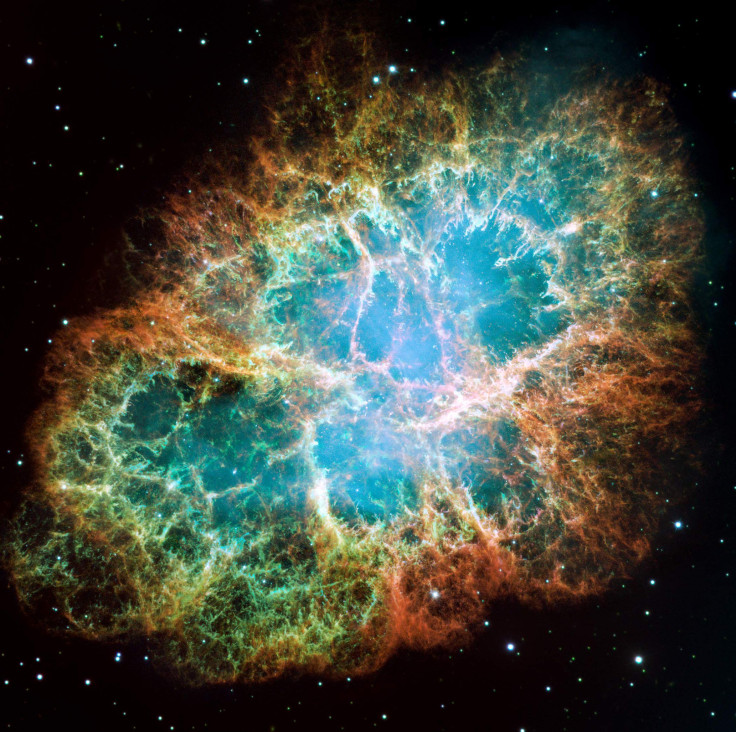Low-Mass Supernova May Have Triggered Formation Of Our Solar System

Our solar system’s formation nearly 4.6 billion years ago may have been precipitated by a low-mass supernova explosion, according to a study published in the latest edition of the journal Nature Communications.
The study, based on the analysis of decay products of short-lived nuclei of Beryllium-10 in meteorites, argues that shockwaves from a supernova roughly 12 times heavier than our sun may have triggered a gravitational collapse in a cloud of gas and dust 4.6 billion years ago. This collapse eventually led to the creation of our stars and the planets orbiting it.
According to the researchers, this theory of the solar system’s formation is supported by the “telltale patterns” of Beryllium-10 nuclei in meteorites, which suggests that these short-lived nuclei were abundant in the early solar system.
“This is the forensic evidence we need to help us explain how the solar system was formed,” lead researcher Yong-Zhong Qian from the University of Minnesota said in a statement released Monday. “It points to a low-mass supernova as the trigger.”
Prior to this study, researchers attempting to explain the abundance of Beryllium-10 decay products in meteorites had theorized that a process called spallation — wherein high-energy particles strip away protons or neutrons from a heavy nucleus — by cosmic rays was the culprit. Qian and his colleagues, however, argue that Beryllium-10 can be made in supernovae, and that only such a mechanism of its creation can explain the “nuclear fingerprints” seen in the meteoric record.
“The findings in this paper have opened up a whole new direction in our research,” Qian said. “In addition to explaining the abundance of Beryllium-10, this low-mass supernova model would also explain the short-lived nuclei Calcium-41, Palladium-107, and a few others found in meteorites. What it cannot explain must then be attributed to other sources that require detailed study.”
The next step would be to look for presence of Lithium-7 and Boron-11 — also produced by neutrino spallation in supernovae — in meteorites. If these elements are detected, it would lend further support to the theory that a stellar explosion did in fact trigger the formation of our solar system.
© Copyright IBTimes 2024. All rights reserved.





















